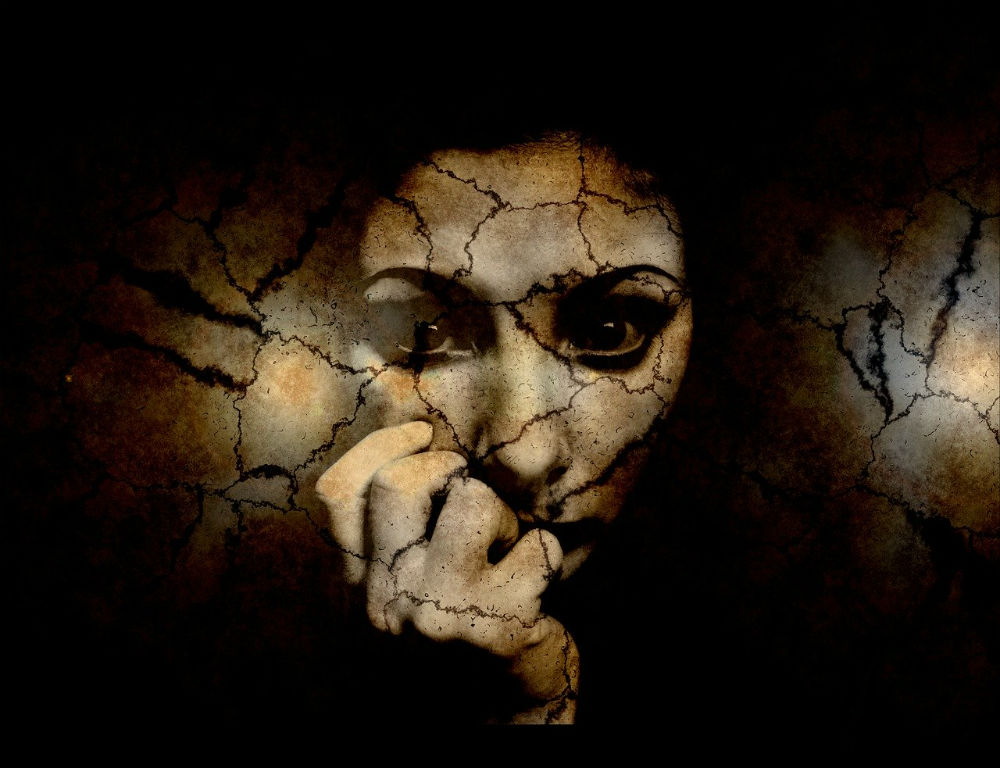
The old saying goes, ‘You can’t help who you fall for’. We’ve all heard it at some point, usually when we or someone we know has been hurt by the ending or a relationship, a potential relationship, the scenario of falling for someone that is unavailable or even when feelings are developed for someone completely unexpected, that’s not the ‘usual type’. Most of us can relate to one of more of the above (personally I’ve hit a full house on all these scenarios- The only time I’ve won anything even slightly related to Bingo, there’s no cash prize here, but if you want to throw me a fiver for some beans on toast I’d appreciate that). But how much truth is there in the saying ‘you can’t help who you fall for’? It’s a debatable statement and actually there’s more to it than the apparent inability to choose who you fall for.
A lot of who we are attracted to in adulthood, is related back to our childhood. Like many (but not all) topics in the world of psychology, our experiences as adults are linked to our experiences in childhood. When it comes to relationships, we are often attracted to what is familiar to us.
For example, let’s go with the scenario where child A has a sibling who has some severe disabilities (child B), and therefore demands a lot of care from the caregivers. Child A recognises that child B needs additional care and attention, and therefore decides to give to the family unit rather than to take from it. Child A helps around the house, sets the table, tidies their room and the caregivers respond by saying “Aren’t you such a good girl”, “What would mummy do without you?” and obtains validation this way. Child A then goes to school, helps tidy the classroom, looks after new classmates and is told she is “the good girl”, consistently receiving validation from others by doing things for others. Of course, there’s nothing wrong with doing good things for others. (Don’t misinterpret this, I’m not asking you to kick your neighbour’s cat because you fed it a treat yesterday). But if boundaries are not carefully managed and the child never learns to put themselves first, this then holds a risk of developing into unhealthy relationships in adulthood.
Child A then grows up to believe that for her to be loved, she must give and give to others, and in most cases will fall for a high maintenance individual, someone that gets their needs met by consistently taking from others, is a victim, or someone that, in child A’s point of view needs saving. Child A is then reliving the same experiences from childhood and is not learning to prioritise her own needs.
This is just an example of how childhood experiences can influence how we approach relationships in our adult life. There can be some blurred lines when it comes to attachment theories, as everyone’s experience is different so there can naturally be some cross over. But this scenario as described will primarily fall under the Anxious attachment style.
There are four main types of attachment styles. As I mentioned earlier, there can be a mix of one or more depending on each individual experience.
Secure attachment
The secure attachment is the healthiest out of the four. Those with a secure attachment were able to rely on their main caregivers as a child, they knew that when they were unsettled, they could rely on a parent or career to soothe them and tend to their needs. This sets up a healthy way of approaching relationships in adulthood. Secure attachment means you are able to address issues with your partner, have trust and respect in the relationship, hold healthy boundaries and are comfortable to spend time both together and apart from one another.
Don’t confuse healthy with perfect though, those with secure attachments still face their own challenges within the relationship, but generally speaking they’re better at problem solving in comparison to other attachment styles.
Anxious
Those that have an anxious attachment style tend to romanticize love, rather than the reality, they may make excuses for another’s poor behaviour towards the relationship- Misinterpreting turbulent relationships for passion for example. They can also over analyse situations, can be clingy and insecure. In these circumstances may have grown up with no guidance to boundaries or nurturing their individuality. They also tend to be attracted to those that need ‘saving’ and can find themselves in a victim/rescuer type relationship.

Dismissive
The dismissive type are emotionally distant in their relationships, they avoid true intimacy and are uncomfortable being vulnerable with their partner. Whilst having space is important in a healthy relationship, dismissive will seek it out more often than others in an attempt to avoid intimacy. If a relationship breaks down, the dismissive type appears as though they don’t care. This isn’t necessarily true as humans need human connection for survival, but in these instances, the dismissive will try and avoid showing vulnerability as a form of protection.
Fearful
Fearful is a mixture of too close vs too distant. Fearful understands they need connection with other human beings and will often seek it out, only to find the experience too overwhelming and will often hurt their partner instead in order to revert back to disconnection. There is fear of abandonment but also a struggle to trust in their relationships too.
Those are the four main types of attachment styles, there are some blurred lines between them and some can be a mix of all of the above. If you want to find out what your attachment style is there are plenty of online questionnaires, the names of the styles differ slightly but the meaning behind them doesn’t tend to change.
Fiona Ryan is a "twenty something" fraud analyst currently studying for a counselling and psychotherapy diploma. Turning her education into an online blog, Fiona writes at www.fiona-ryan.com - where you can find all of her posts! You can also follow Fiona on Instagram, @_Fiona_Ryan, and check out her Facebook page by clicking here.
Tagged in relationships

